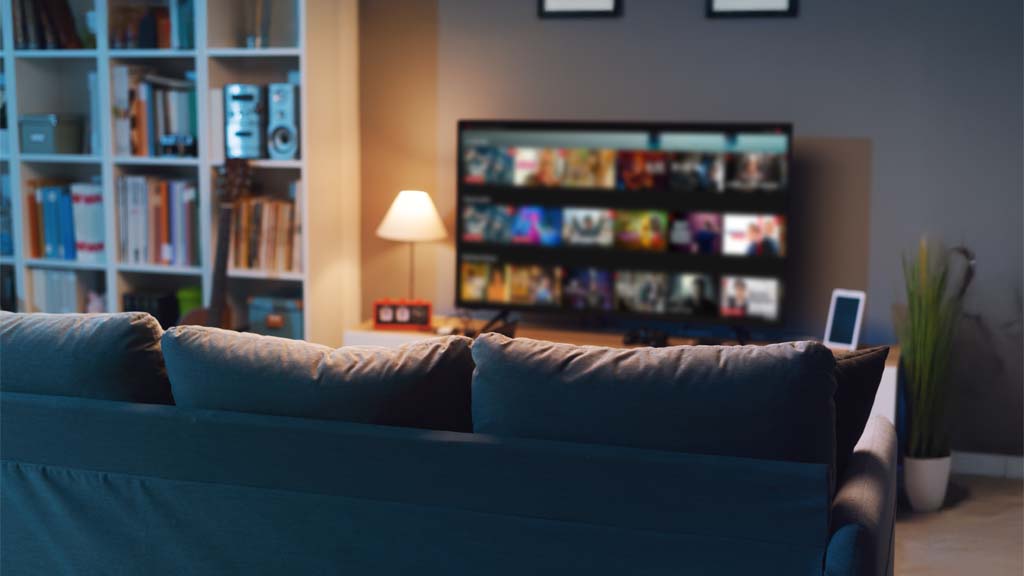War Coverage's Latest
Videophones, satellite uplinks advance
SEATTLE
Incessant saber-rattling toward Iraq and its leader Saddam Hussein has continued since the height of last year's War on Terror in Afghanistan, putting worldwide news organizations into their own war-preparation mode. News coverage tools they will use should there be another war with Iraq have come a long way since the Persian Gulf War at the beginning of the 1990s.
For one thing, while the high-quality, full-featured video camcorders will continue to play a role, the availability of "throwaway" video cameras may also be a boon to war coverage.
"Very high quality cameras have become less expensive, much smaller in their form," said Kevin Ivey, president of the Ivey Group and former VP for Research and Development at CNN. "That's true of things like mini-DV and DVCam cameras that make great pictures, are easy to carry, and can easily be abandoned, if need be."
"What were wedding cameras 10 years ago are advanced enough to use for broadcast now," said Fox News VP of News Operations Sharri Berg. "Every domestic bureau has them; our foreign bureaus have them. Actually, in some locations they've been our only cameras in the location, because they're so lightweight you can remain watching the action instead of being part of the action."
"We'll have the broadcast cameras with us," said CBS News VP of Operations Frank Governale. "But all of our crews, as well as producers, even some correspondents will have DV cameras. When I say DV it's more of the consumer; 'pro-sumer' is probably the better term."
"I think that means there will be many more cameras fielded, which means there will probably be an overabundance of material and content produced in covering the war," said Ivey.
NO LAPTOPS IN 1991
The handling of all that source material in the field will be aided by another piece of technology not available in the early 1990s: nonlinear laptop editors. "A lot of that content can be reduced and compressed and edited in the field, at least rough-cut in the field, to make the most of transmission time back to headquarters," said Ivey.
Fox uses FireWire and the Mac G4 laptop edit system. CBS reporters will use laptop editors and Adobe Premier or FinalCut Pro.
Satellite videophones earned their spurs during the war in Afghanistan last winter and have secured an important role for the next war. They have a pair of functions: for live shots, where they offer low frame-rate, low quality video; and to bring back high-quality, full-frame-rate video, but not in real time. Transmitting back a minute of high-quality video on a satellite phone can take over an hour.
Because different satellite systems offer better coverage in different regions, worldwide news coverage teams can't settle on a single type of phone. "We have a number of videophones; it depends on where they're going," said Governale.
"Anyone who walks out the door is outfitted with the M4 satellite phone, with the Thuraya, with the GSM for when they're in transit," said Berg.
A DECADE'S DIFFERENCE
Both Berg and Governale recall moving uplinks into the region for the first Gulf War. "Transportable earth stations, these two-ton dishes and antennas," said Berg, who worked for World Television News at the time. "It took so long, kind of an act of God to get it across the border in like a million cases."
"[It took] a pickup truck with a 2,000-pound uplink in cases and engineers to set it up," said Governale. "That's been reduced now the size of a nice piece of luggage." Berg estimates Fox News' uplinks can now be set up by a single person in about 15 minutes.
Besides becoming truly portable and quick to deploy since the Gulf War, the new satellite uplinks are now digital. "We can go a number of paths, and we can put communications on that path as well, " said Berg.
"[Utilizing digital satellite technology means] a lot less bandwidth, doing multiple paths off the same uplinks, which obviously gives us the opportunity to pool more easily with the equipment since requirements are reduced and it's a lot easier to do multiple paths," said Governale.
"We'll be partnering with some of our other U.S. broadcasts, and even some foreign broadcasters in some locations too," he continued. "We'll better utilize bandwidth and compression technology to save some of those transmission costs."
Both Fox News and CBS have been evaluating mini-uplinks. "We are exploring a smaller, lightweight satellite system that is sort of in-between what a videophone would be and what a full uplink would be," said Governale.
"Those to me are kind of like in between the traditional transmission and the videophone," said Berg. "The video is better, but it's not as easy, as small, as lightweight as the videophone."
News operations continue to look at new toys for their war correspondent kits, for better, lighter, more portable tools to cover the next war.
The professional video industry's #1 source for news, trends and product and tech information. Sign up below.
